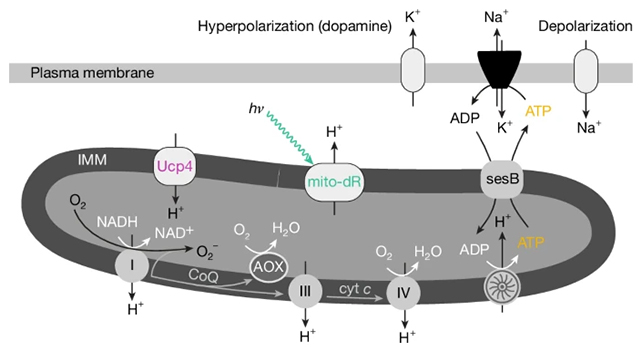A biomedical sciences professor specializing in T-cells and their impact on cellular senescence may have made a groundbreaking discovery that could lead to a real-life fountain of youth within the human body.
While still in its early stages, the pioneering method developed by the professor could potentially enhance the health of older individuals and “reverse” the aging process, as well as prevent age-related declines in younger individuals.
The concept of a Fountain of Youth, capable of reversing aging and preserving youth indefinitely, has been a persistent idea since ancient times. Spanish explorer Juan Ponce de León is most famous for his expedition to Florida in search of this legendary fountain. However, the notion of a source with the power to restore youth and prevent aging has existed as far back as the 5th Century B.C.
In more recent times, scientists have pursued less mystical solutions to achieve similar goals, such as the development of medications or other treatments with the potential to sustain youthfulness. However, most of these promises have fallen short, with improvements in human lifespan mainly attributed to better lifestyle choices and essential advancements like access to clean water, food safety, and traditional disease-fighting measures.
Now, Assistant Professor Corina Amor Vegas and her team at Cold Spring Harbor Laboratory (CSHL) are touting advancements in T-cell therapies as a potential real-life Fountain of Youth, offering hope for the realization of this centuries-old quest.
In their study, published in the latest edition of Nature Aging, Amor-Vegas’ team has discovered a method to program the body’s own T-cells to target senescent cells without causing harm to the surrounding cells. Senescent cells, which stop replicating as the body ages, are considered a major contributor to age-related health deterioration.
These cells are distributed throughout the body, making their removal or destruction without damaging surrounding tissue extremely challenging. While some medicinal therapies exist, their necessity for repeated administration makes them impractical as anti-aging treatments.
Given this challenge and humanity’s ongoing pursuit to defy the aging process, Amor Vegas explored the possibility of customizing T-cells to specifically eliminate senescent cells without harming healthy tissue, leveraging her expertise in senescence.
The team focused on a specific type of cell known as CAR (chimeric antigen receptor) T-cells, often referred to as a “living” drug. They successfully engineered these CAR T-cells to target and eliminate senescent cells in laboratory mice. Following several iterations, they developed a tailored T-cell that, when reintroduced into the mice, effectively eliminated harmful senescent cells without causing tissue damage or related toxicity. The researchers observed that the mice treated with these customized T-cells “exhibited lower body weight, improved metabolism and glucose tolerance, and increased physical activity.”
Effectively, the older mice experienced a near-magical restoration of youth and vitality. Moreover, the younger mice treated with the same therapy showed signs of slower aging, a feat unmatched by any other current therapy.
One of the key findings of their research is the long-lasting effectiveness of these customized T-cells in the body. A single dose administered to young mice seemed to have enduring effects into adulthood, even preventing conditions associated with unhealthy aging, such as obesity and diabetes.
Amor Vegas highlighted the potential of T-cells to develop memory and persist in the body for extended periods, a capability distinct from chemical drugs. With CAR T-cells, a single treatment may hold the potential for lifelong anti-aging benefits without the need for repeated administration.
Their next step is to investigate whether these therapies not only treat disease and aging but also extend lifespans. If successful, their work could represent a momentous breakthrough in medical history and possibly fulfill the enduring human quest for the Fountain of Youth, five centuries after de León’s futile exploration.
[author name=”Christopher Plain” role=”Head Science Writer at The Debrief”]
Has This Biomedical Sciences Professor Discovered the Secret to Eternal Youth?















